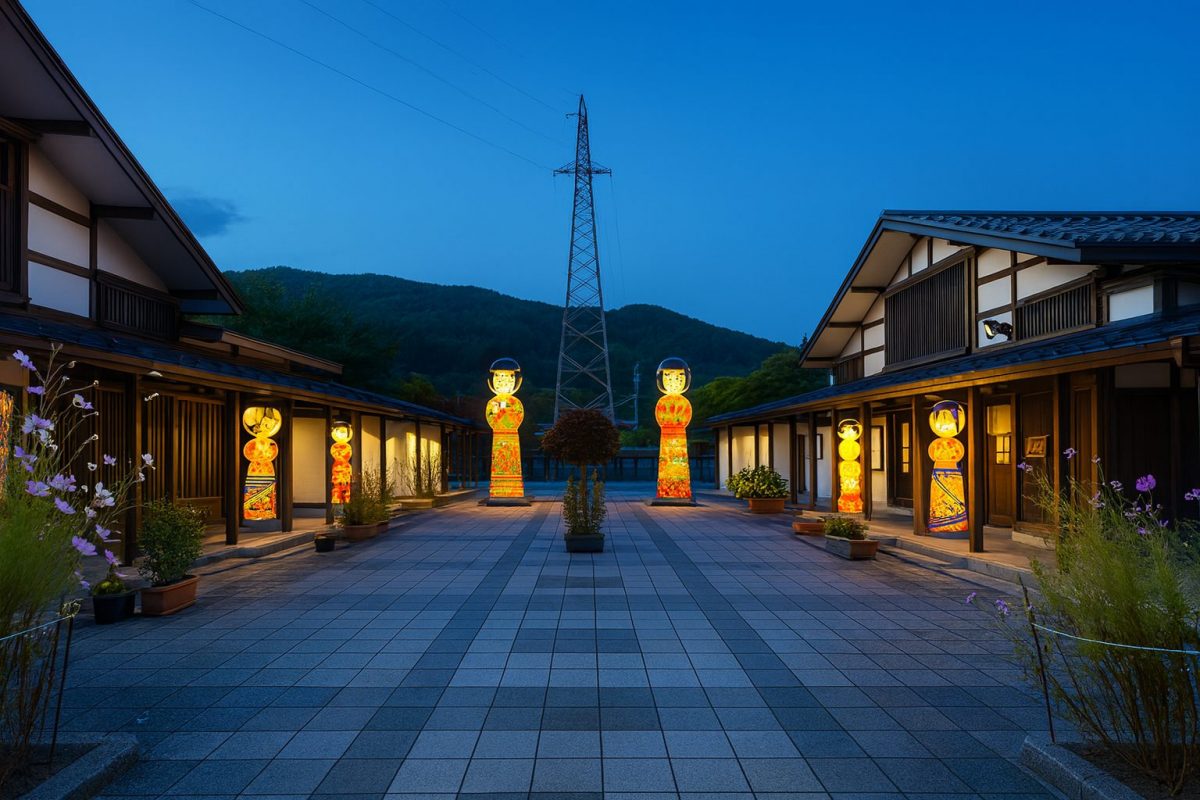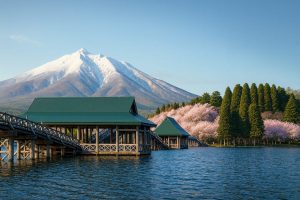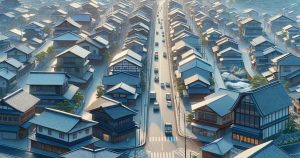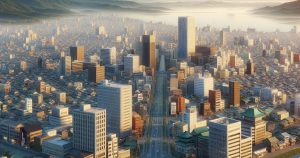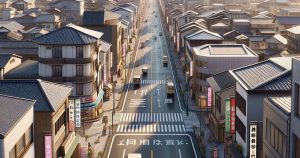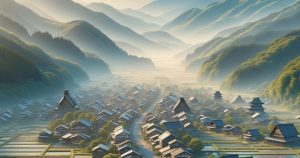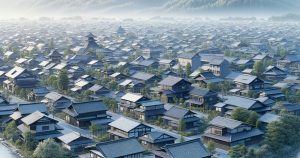| population | 29,308 peoples |
|---|---|
| area | 217.05 km² |
| population density | 135 peoples/km² |
Kuroishi City, located in Aomori Prefecture, is a charming town nestled in the heart of the Tsugaru region, serving as the northwestern gateway to Towada-Hachimantai National Park. Surrounded by the majestic Hakkōda Mountains to the east and the Tsugaru Plain to the west, Kuroishi offers a breathtaking mix of mountain and rural landscapes. Known as “Little Kyoto of Tsugaru,” the city retains a traditional atmosphere with its well-preserved Edo-period streets. Among them, Komise Street in Nakamachi stands out—a historical arcade-lined avenue designated as an Important Preservation District for Groups of Traditional Buildings by the Japanese government. Kuroishi is also famous for its apples, cultivated in the fertile soil between the plains and hills. With its balance of agriculture, history, and craftsmanship, the city embodies the harmony between tradition and modern life that defines northern Japan.
Cultural Traditions
The culture of Kuroishi is deeply rooted in its history as a castle town of the Kuroishi Domain, a branch of the Hirosaki Clan during the Edo period. This heritage can still be seen today in the city’s traditional merchant houses, shrines, and seasonal festivals that bring the community together.
One of the most iconic events is the Kuroishi Yosare Dance Festival, one of the three major “Nagashi Odori” flow-style dances of Tsugaru, known for its melancholic melodies and elegant dance movements. Another notable event is the Kyu-shō Makko Market, held every February to celebrate the Lunar New Year, where merchants sell lucky charms, sake barrels, and traditional goods along the shopping streets.
The Tsugaru dialect, rich and expressive, remains an integral part of everyday conversation, giving the local community its warmth and humor. Kuroishi’s culinary culture also flourishes with dishes like Kuroishi Tsuyu Yakisoba—fried noodles served in a savory soup—and fresh local apples and vegetables nurtured by the region’s stark seasonal contrasts. In every season, the people of Kuroishi carry forward the traditions of their ancestors while embracing the present.
Local Specialties
- Kuroishi Apples: The fertile soil and sharp temperature differences between day and night create apples with exceptional sweetness and crispness. Popular varieties include Fuji, Orin, and Tsugaru, featured prominently during the annual Apple Festival.
- Kuroishi Tsuyu Yakisoba: A local soul food of fried noodles served in a warm soy-based broth. First created in the 1950s, it is now beloved nationwide as a symbol of Kuroishi’s creativity.
- Tsugaru Kokeshi Dolls: Handcrafted wooden dolls with distinctive faces and elegant shapes, made in Kuroishi for generations. Visitors can experience painting their own dolls at the Tsugaru Kokeshi Museum.
- Kuroishi Sake: Locally brewed Japanese sake using pure snowmelt water and premium rice. Famous brands such as “Hatoshozo” and “Tamatare” are cherished by locals and travelers alike.
- Onsen Eggs from Kuroishi Hot Springs: Soft-boiled eggs cooked in natural hot spring water—simple yet rich in flavor, often sold as souvenirs near the hot spring inns.
Annual Events
- Kuroishi Neputa Festival (Late July – Early August): Gigantic fan-shaped floats depicting brave samurai and legendary scenes parade through the streets to the beat of taiko drums. A highlight of summer in Tsugaru.
- Kuroishi Yosare (Mid-August): A graceful, melancholic dance performed by hundreds of participants in yukata along the streets. The rhythm and chorus capture the spirit of Tsugaru’s folk culture.
- Komise Festival (Mid-September / Early February): Held on Komise Street, this event features traditional performances, crafts, and local delicacies set against the backdrop of Edo-period architecture.
- Kuroishi Apple Festival (November): A celebration of the harvest season featuring tastings, apple contests, and farm-to-table stalls, highlighting the pride of local growers.
- Kyu-shō Makko Market (First Sunday of February): A traditional New Year market where shoppers seek good luck items and festive foods amid cheerful shouts of “Makko, Makko!”
Access
- By Air: The nearest airport is Aomori Airport, about a 30-minute drive from the city center. Rental cars and buses are available from the airport.
- By Train: The main station is Kuroishi Station on the Kōnan Railway Line, approximately 25 minutes from Hirosaki Station.
- By Bus: The Kōnan Bus network operates several routes, including the “Aomori Line” and “Niji no Ko Park Line,” connecting major attractions and hot springs.
- By Car: From the Tōhoku Expressway, exit at Kuroishi Interchange (IC); the city center is just 5 minutes away by car.
Tourist Attractions
- Nakamachi Komise Street – A beautifully preserved Edo-era street with wooden arcades. Recognized as an Important Preservation District for its historic architecture.
- Tsugaru Kokeshi Museum – Dedicated to the art of handmade wooden dolls, with workshops and exhibits showcasing regional craftsmanship.
- Kuroishi Hot Spring Village – A collection of historic hot springs such as Itadome, Aoni, and Nuruyu, offering peaceful stays surrounded by forested mountains.
- Niji no Ko Park – A scenic lakeside park by the Asaseishi Dam, known for its seasonal flowers, boating, and autumn foliage.
- Akita Ujaku Memorial Museum – A museum honoring the writer and social activist Akita Ujaku, showcasing his contributions to literature and children’s education.
